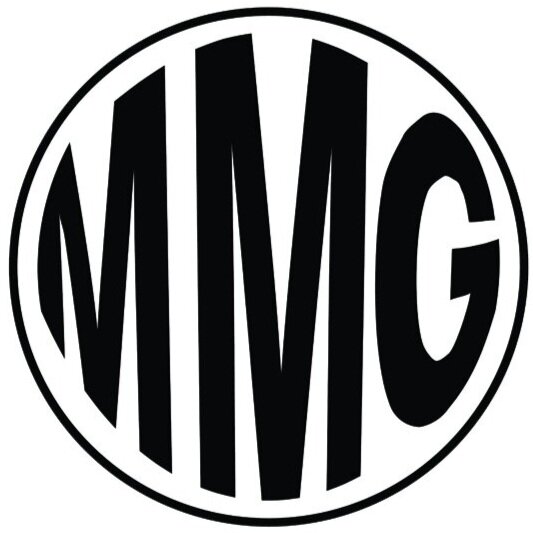Closing the gap in cancer care
What do we mean by “closing the gap in cancer care”?
- Half the world’s population lacks access to the full range of essential health services. The situation has only worsened with the pandemic, with more than half a billion people pushed or pushed further into extreme poverty due to health care costs.
- We live in a time of awe-inspiring advances that have seen the survival rates for many cancers skyrocket. In most countries around the world, however, many people are unable to effectively access adequate cancer care, even when the infrastructure and expertise exist.
- This is the “equity gap” – and it is costing lives. While inequity is often measured in terms of the unequal distribution of health or resources, there are generally underlying and additional factors that contribute to this situation. These are known as the “social determinants of health”:
o Income level
o Education
o Geographical location
o A country’s resources
o Gender norms
o Cultural contexts and biases
o Discrimination and assumptions based on ethnicity, race, gender, sexual orientation, age, disability and lifestyle
- The most disadvantaged groups are also more likely to have increased exposures to a host of other risk factors, like tobacco, unhealthy diet or environmental hazards.
For more information on closing the gap in cancer care you can visit
https://www.worldcancerday.org/press-media


